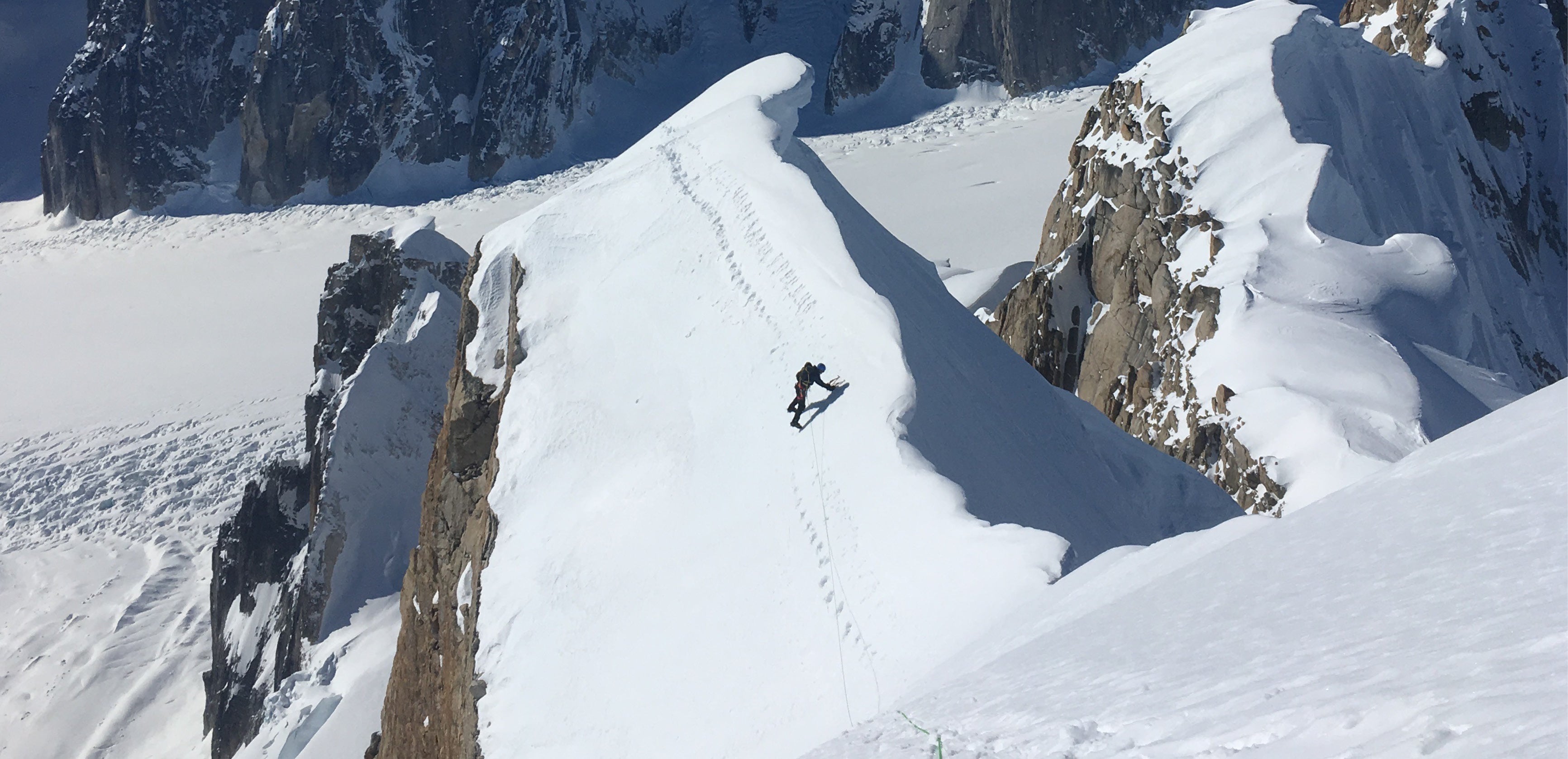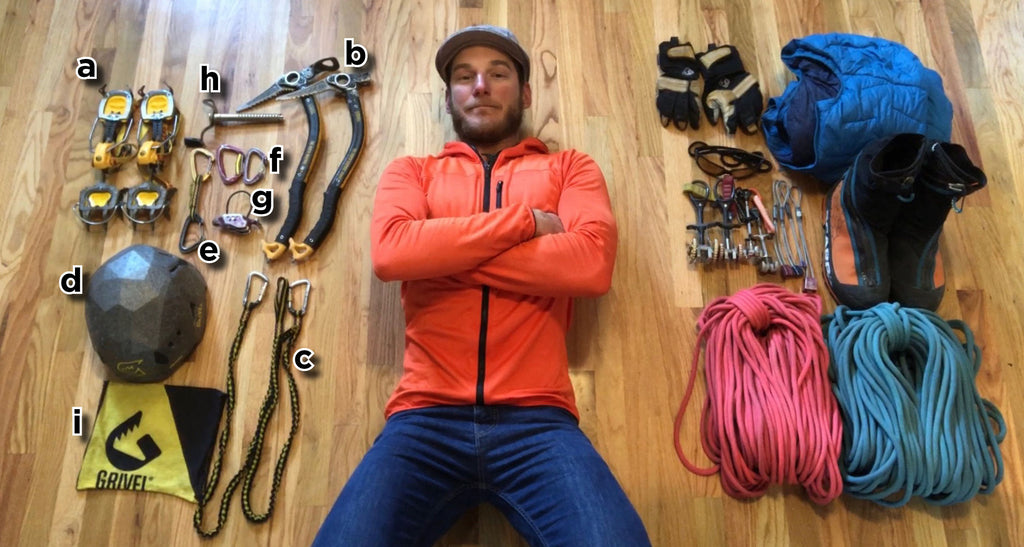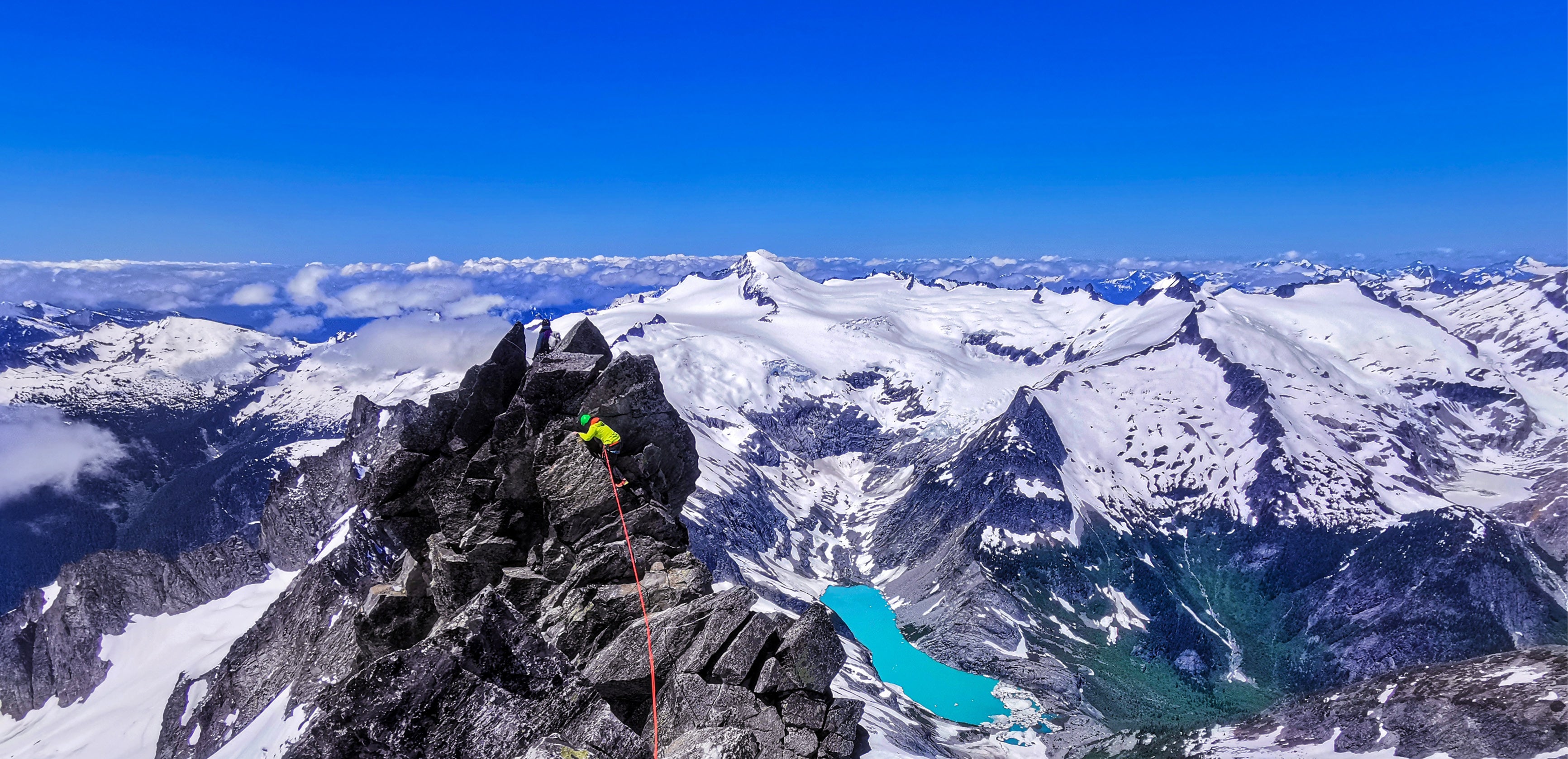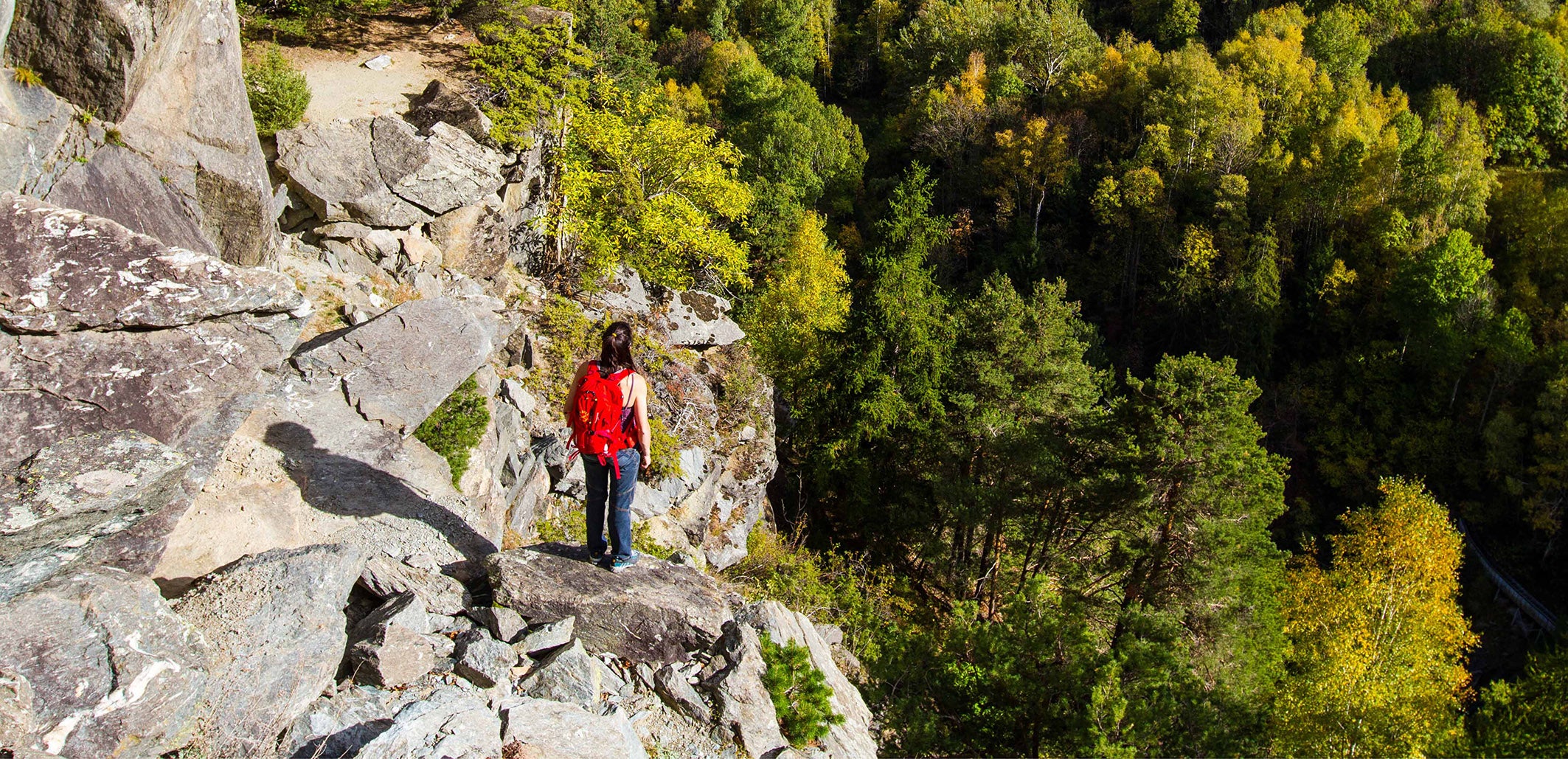
MOUNTAINEERING - My Gear for the Moose's Tooth (Alaska) by Alan Rousseau
Published on 21/09/2020

The Alaska Range is a vast wilderness and home to some of the most dramatic mountain terrain in the world. Even the ‘walk-up’ routes here all require a level of commitment not found in many Ranges. The access options to this mountain arena are: 1) walk for two weeks, 2) take a ski plane into the range. I have personally only used option two! While you stand on the glacier and watch the plane fly away, it’s hard to not have a slight sinking feeling in your stomach. At that point you want to be confident you have the right gear with you for your expedition.
One of the most dreamed of features in this range is the ‘Mooses Tooth’. Many climbers set their sights on the ‘Ham and Eggs’ (WI4M4 1000 Meters) route for their first technical route in the range. The route is continually engaging, although never overly difficult. With an accessible grade and being an incredibly aesthetic line it is deserving of its popularity. I have had the pleasure of guiding this route four times.

Pitch eight is the crux of the route. The climber has the choice of an 80-degree ice pitch that is often rotten and/or delaminated, or a short section of mixed climbing to the right. Although the mixed pitch looks intimidating it protects well, and is on solid granite. I think it’s a much more enjoyable and generally safer option.

Since the route features 18 pitches of climbing and an exposed, heavily corniced summit ridge moving quickly through the terrain is paramount. The descent route is the same as the climbing route, so making sure you have an efficient rappel system is very important for a reasonable one-day round trip from the Root canal glacier.

GRIVEL GEAR
a) G22 crampon: A solid lightweight crampon that provides stable footing on long ice routes.
b) North Machine Carbon: My choice for moderate ice and mixed terrain. Light weight and easy to hammer with for pitons.
c) Grivel double spring leash: Nice security for when dropping an ice tool is not an option.
d) Grivel Duetto Helmet: Very light helmet that is rated for both a climb and ski fall. I am often skiing as well on my Alaska expeditions. This allows me to just bring one helmet.
e) Grivel Plume quickdraw: easy to clip carabiners with gloves on.
f) Twin Gate Carabiners: Plume Twin Gate K3G is my favorite cold weather carabiner: it never freezes shut, and I can easily open it with heavy gloves on. Sigma K8G is a great all-rounder, very safe and practical.
g) Master Pro belay device: The increased friction mode is very helpful on thin icy ropes.
h) Helix ice screw: Simple and effective ice screw.
i) Neck Gaiter: very useful for combating the heavy spindrift usually encountered on this route.
OTHER GEAR
2x60 meter ropes
light double boots or very warm single boots
synthetic puffy jacket
sunglasses (not overly dark, since you are in a shaded cleft)
2-3 pairs of Gloves ranging from thin to very warm
Cams and stoppers

Alan Rousseau, 34 years old, living in Salt Lake City, Utah. As an IFMGA/UIAGM, mountain guide Alan works near his home in winter, Alaska in the spring, and Chamonix during the summer months. Helping people to progress their skills in the mountains, and climb things they would not be able to otherwise is what has kept him excited about guiding for over a decade. Alan has completed major first ascents in the Alaska Range and Himalayas, and has been awarded a 2020 Piolet D'or for climbing the west face of Tengi Ragi Tau. His favorite grivel products : Dark Machine, G20+, plume twin gate carabiner, ghost axe


